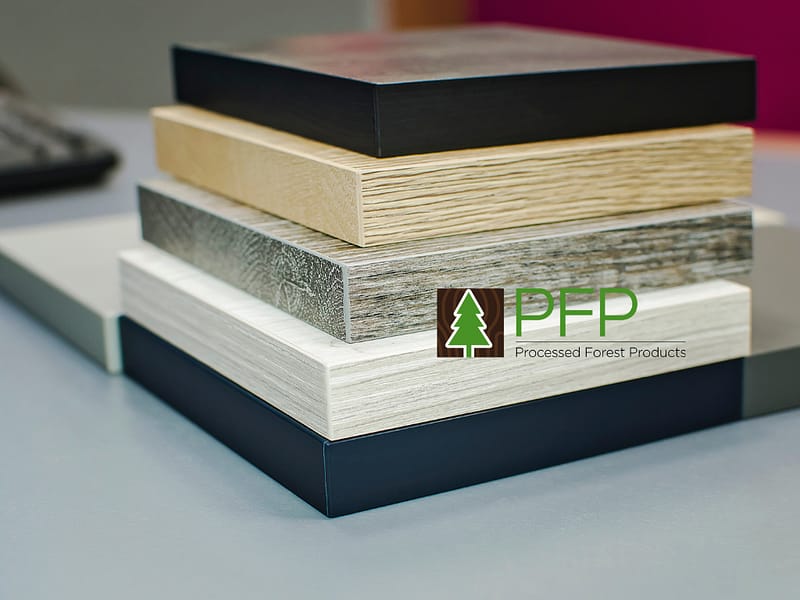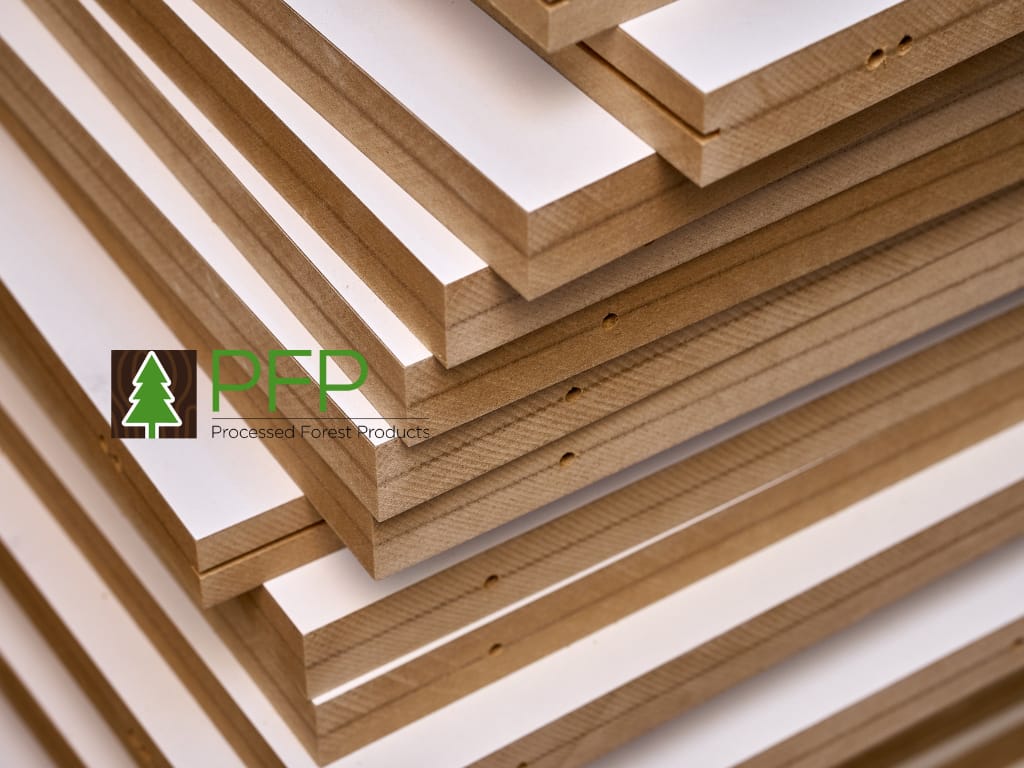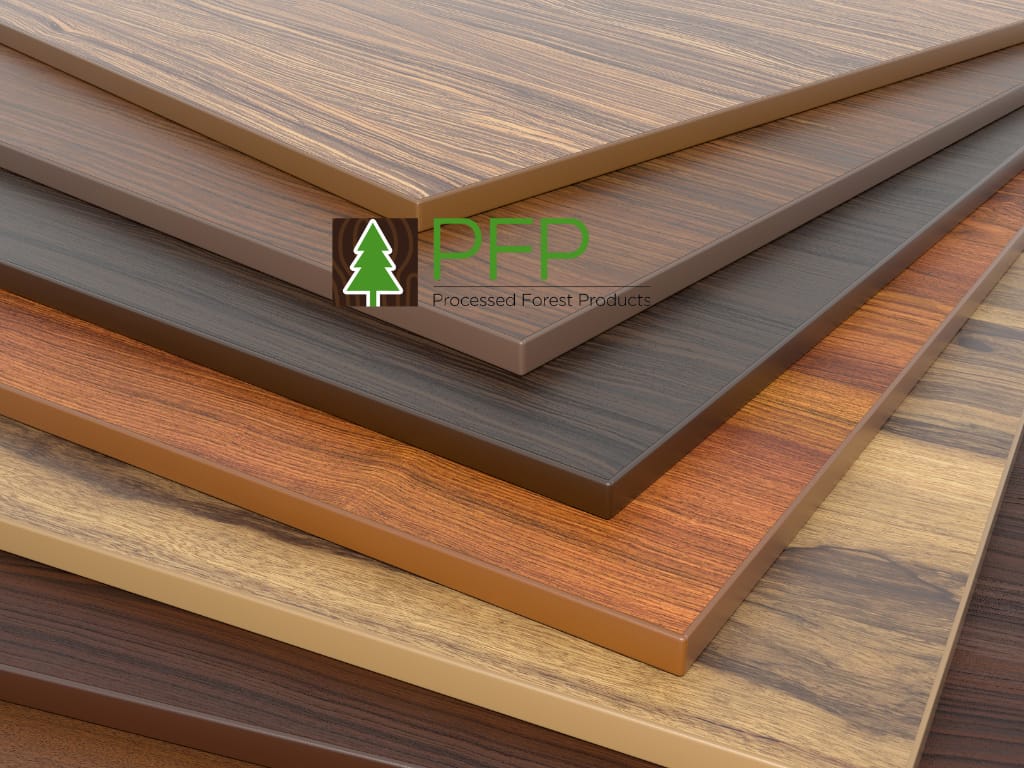When kicking off any construction or interior design project, selecting the right material from the start is crucial. Whether you’re working on furniture, cabinetry, feature walls, or decorative accents, the decision between timber panels and wood paneling can significantly influence the outcome. Each material offers its own set of advantages, with differences in texture, appearance, strength, and suitability for various applications.
Timber panels are often favoured for their natural strength, structural integrity, and versatility. They are commonly used in both functional and decorative applications where durability is a priority. On the other hand, wood paneling is typically chosen for its aesthetic appeal and is ideal for creating warm, textured surfaces in interior spaces. It adds character and depth to walls and ceilings, making it a popular choice for both traditional and contemporary styles.
In this guide, we’ll look at two popular choices: laminated board and solid wood. Both offer great benefits, but they’re suited to different needs. With a little background, you’ll be able to choose the best option for your project confidently.
What Are Laminated Boards? An Overview
Laminated boards are engineered by bonding together multiple thin layers of wood using strong adhesives. This layered construction gives them excellent strength and stability. Unlike solid wood, which is more prone to warping, shrinking, or expanding over time, laminated boards are designed to maintain their shape and dimensions consistently. This makes them especially reliable for projects where precision and long-term structural integrity are important.
One of the standout advantages of laminated boards is their durability. They perform well in environments subject to fluctuations in temperature and humidity, making them an ideal option for moisture-prone areas like kitchens, bathrooms, and laundry rooms. Their resilience and resistance to distortion ensure that your finished product stays looking and functioning its best for years to come.
Laminated boards tend to be more cost-effective than solid wood. If you want the appearance of real wood but need a more affordable solution, laminated boards are worth considering. Options like timber sheets and timber panels are popular in this category, offering a balance of quality and affordability. They’re also used in settings like fire rated doors, where durability and stability are essential.
Solid Wood: What You Should Know
Solid wood is exactly what it sounds like—natural wood cut into whole pieces, without any added layers. This gives solid wood its unique charm and natural look. Each piece of wood is different, showing unique patterns and grains that add character to your project.
Solid wood is known for its strength and beauty. It’s a timeless material that has been used in furniture and construction for centuries. While it may be more costly than laminated boards, many people find its warmth and texture worth the investment. Solid wood is often chosen for wood paneling, as it brings a cosy and inviting feel to interiors.
Another advantage of solid wood is its durability. With proper care, it can last for decades, aging gracefully over time. It’s ideal for projects where you want a lasting, high-quality finish. That said, solid wood’s natural beauty and robustness make it a favourite for projects that call for a premium feel.
Laminated Board vs. Solid Wood: Comparing Durability
When it comes to durability, both laminated board and solid wood have their own strengths. They don’t warp or crack easily, making them a smart choice for projects that need lasting materials. This stability is why laminated boards are often chosen for fire rated doors and timber sheets, where both safety and reliability are key. These applications demand materials that won’t easily change shape or weaken over time.
Solid wood is renowned for its natural durability. Thanks to its density and inherent strength, it stands up well to daily wear and tear, making it one of the most enduring materials available. Its classic appeal and robustness have earned it a place in projects designed to last for generations. However, solid wood is also sensitive to environmental changes. Variations in moisture and temperature can cause it to expand or contract, potentially affecting its shape over time. That said, with proper care and maintenance, solid wood retains its strength and beauty for years, adding a rich, timeless charm to any space.
On the other hand, laminated board is a smart choice when stability is a priority—especially in environments where humidity and temperature levels fluctuate. Its engineered structure resists warping and maintains its dimensions consistently, making it highly dependable for cabinetry, shelving, and areas like kitchens or bathrooms.
Ultimately, your choice comes down to the specific needs of your project. Laminated board excels in consistency and stability, while solid wood offers unmatched natural character and long-term resilience. Both materials have their strengths—choosing the right one will depend on the function, style, and conditions of your space.
Cost and Maintenance: Which Fits Your Budget?
Budget is often a big factor in deciding between laminated board and solid wood. Generally, laminated board is the more budget-friendly option. It provides a wood-like appearance at a fraction of the cost, which can make a big difference in larger projects. This cost-effectiveness is why timber sheets and timber panels are popular choices—they offer a blend of quality and affordability.
They don’t need much upkeep and can handle regular wear with minimal fuss. Simply wipe them down and avoid harsh cleaning chemicals to keep them looking fresh. Solid wood, however, does require a bit more attention. It may need occasional polishing or conditioning to preserve its look and prevent drying out. But with a little care, solid wood can stay in excellent condition for many years.
To decide which is better for your project, think about your budget and how much maintenance you’re willing to do. But if you want something more natural and don’t mind occasional maintenance, solid wood or wood paneling could be a great fit.
Final Thoughts: Which Is Better for Your Project?
Each material offers its own set of advantages, so the best choice depends on the unique needs of your project. Solid wood brings a timeless appeal with its natural beauty and long-lasting durability, making it a standout option for wood paneling and other high-end finishes.
When deciding, think about what matters most—whether it’s durability, cost, maintenance, or style. If you’re looking for a budget-friendly, dependable option, laminated boards or timber panels are excellent choices. However, if you want a premium, classic aesthetic that will stand the test of time, investing in solid wood may be the way to go.
At the end of the day, the right material is the one that fits both your design vision and your budget. Choose what feels right for your space—and enjoy the process of bringing your project to life!







